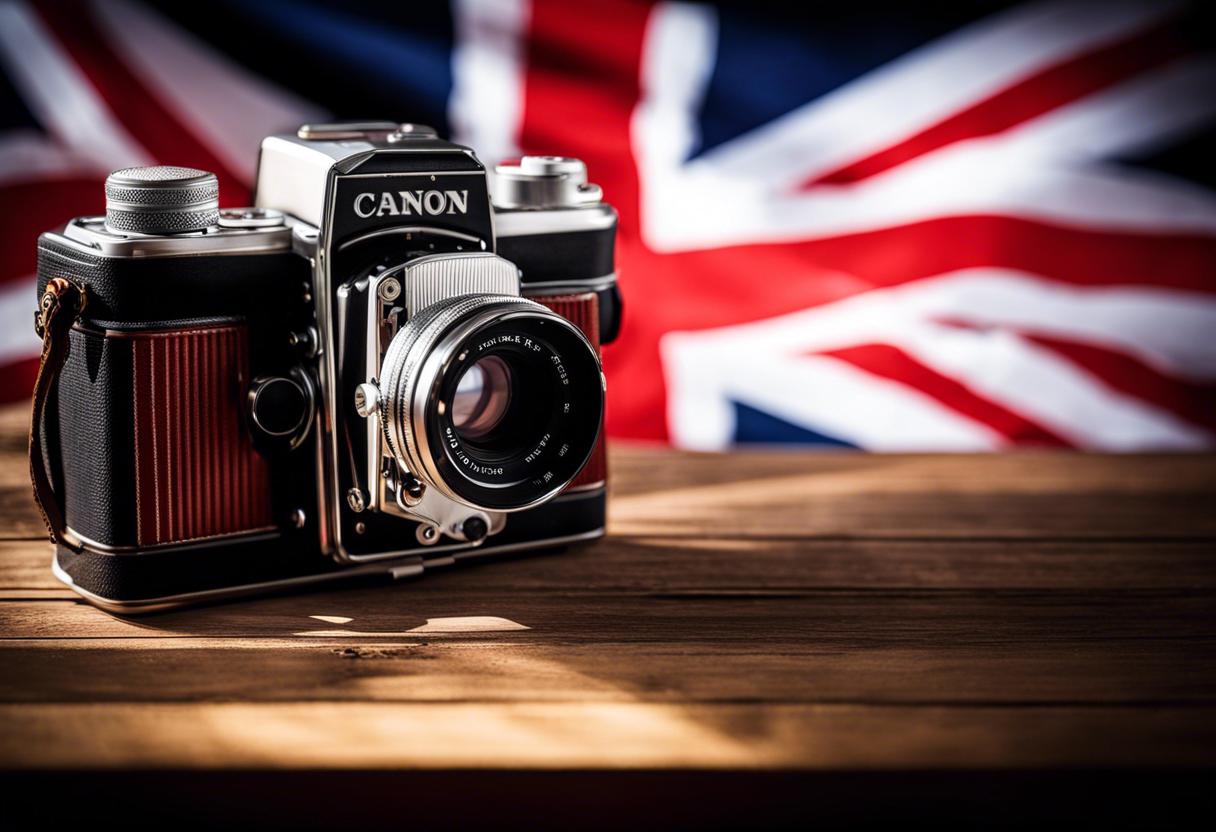Contrary to Jean-Luc Godard’s assertion, cinema does not truly present reality at 24 frames per second. The intriguing Swiss director jestingly acknowledged that much of the fascination of cinematographic imagery lies in the contrast between its seemingly credible depiction of the physical world and the recognition that the picture itself is a creation of human ingenuity.
This incongruity stems back to the genesis of cinematography in Paris at the end of the 19th century, a time when the Lumière brothers famously sent viewers running from their seats at the sight of an oncoming train projected on the flickering screen. Shortly after, Georges Méliès enraptured the very same audiences with a spell-binding lunar journey. It’s common knowledge that the expedition to the moon was pure fantasy. Yet, some persist in believing the train scene was authentic.
Parallels can be drawn with static imagery. The recent controversy involving the British monarchy has sparked debate about the perception of photography. Many of these discussions are not new yet have been brought to life due to advancements in generative AI. [‘The Princess of Wales confesses to occasional photo editing’: Apologies issued over tampered family portrait]
Does photography genuinely represent the physical realm? For journalists and news media, the answer has to be an unequivocal affirmation to preserve their respectability. Media houses nowadays exhibit a more thorough approach to image handling than in the past. Previously, altering images to complement the print page layout was an ordinary practice. Now, such manipulation is widely regarded as unprofessional.
In Photoshop’s initial years, the application of rules was inconsistent and undefined; it was a frequent practice for editors to “refine” the images for publication. Nowadays, PR representatives supply photographs on behalf of clients that are regularly published, though it’s unlikely they remain unaltered from their original state. For instance, the pristine background in a celebrity portrait or the flawless print of the CEO’s headshot paired with a corporate press release could very well have been slightly modified. Have these changes been verified? Highly unlikely.
While this might not greatly bother the audience, it’s common understanding that the standard for a glamorous magazine cover differs from a current, raw image from a conflict zone. However, as the line between news and entertainment, or professionals and amateurs blurs, things get complex. The surge of accessible photography and advanced tools means everyone can now be an expert in special effects.
Such ubiquity of alterations leads us to that doctored family photo of Princess Diana, allegedly taken by her husband. The editing was so outright, it’s startling how long it took for photo agencies to issue their withdrawal instructions. Once more, this episode highlights the limited intellect of the Windsor family, reflecting the lack of merit-based progression in the UK.
Recognising the often tense relationship the royal family shares with their citizens, akin to a captor and captive, one might assume that even the Waleses would grasp the concept of a ‘proof of life’ image, which they were essentially offering in response to wild speculations about Diana’s location.
Their subsequent apology claimed the entire incident occurred because of innocent meddling on the royal iPhone, suggesting it ironically showcases a hint of genuineness. Especially when it was later revealed that an image featuring the late queen with her grandkids had also been manipulated, it presented an ideal chance to uphold this stance.
After all, we’re all familiar with such scenes. The troublesome nephew who insists on making faces at grandma in a family photo is swiftly eliminated with skillful cropping. Or the old ally, recently eliminated in Lubyanka, deftly removed from footage of the prior year’s political gathering.
In today’s world, we’ve all become akin to Georges Méliès and Joseph Stalin. What was once an intricate fusion of mechanical and chemical processes has now become straightforward manipulation of code lines, made possible by simple-to-use applications. We have the ability to transform an overcast sky to a clear blue one, refine elements in the foreground, eliminate skin imperfections, and whimsically dress people in uniforms and position them on the moon’s surface.
With the advent of an era with immeasurable capabilities of producing photorealistic images, might we finally discard the belief that photography inherently carries truth? If that were to occur, it would indeed be a setback. The paradox laying at the core of the mechanical image imbued it with a unique mystique. Without that, we are left with nothing but a world that resembles a caricature.

